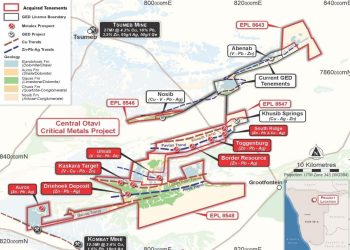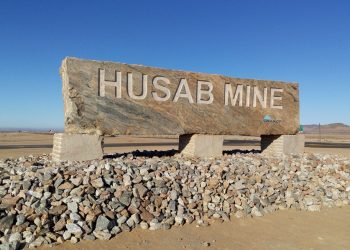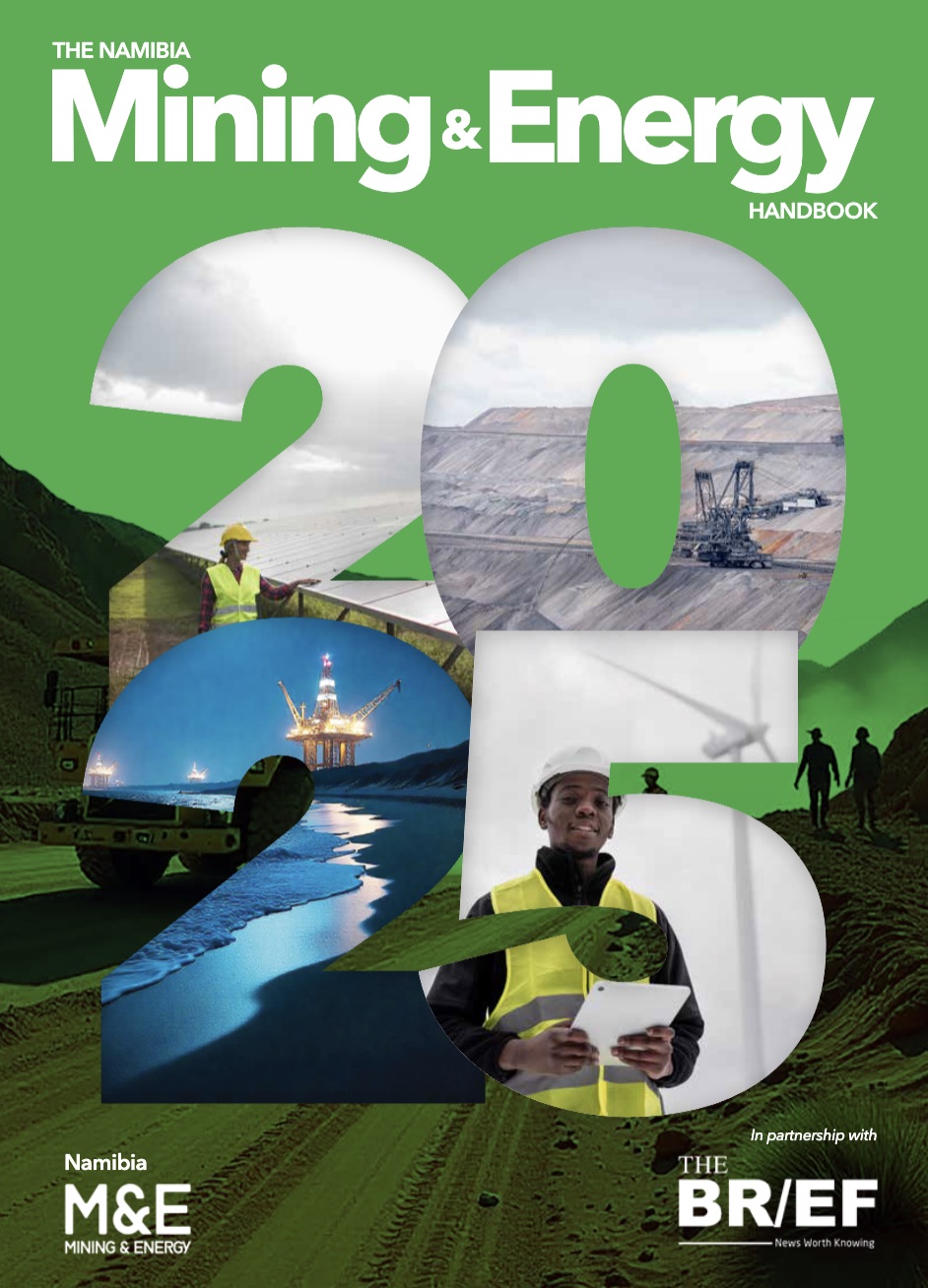
Osino Resources Corp (Osino) is exploring developing four water sources with a potential maximum yield of up to 5 million cubic metres per year for its Twin Hills project.
The development exceeds the annual water demand of approximately 1.1 million cubic metres for the Twin Hills project.
Osino’s President and CEO Heye Daun said the company is tapping into its groundwater, implementing an innovative sand and surface storage system in the Khan River, redeveloping the Krantzberg aquifer near Usakos, and potentially recycling grey effluent water from Karibib.
“The total capital investment for these initiatives, including a recycling system using pressure filtration and tailings dry stacking, is expected to exceed US$40 million (N$730 million),” he said.
He added that the investment is part of Osino’s project construction capital and that these initiatives align with the company’s water strategy, which emphasises minimising consumption and diversifying supply sources.
“Our approach is scientific, aiming to be sustainable and involve all stakeholders. To reduce demand, we have introduced tailings pressure filtration and dry stacking, which results in a unit water consumption of around one-third of conventional tailings systems,” said Daun.
He stated that the combined water supply options have a potential maximum yield of up to 5 million cubic metres per year, though the sustainable yield is estimated at 2-3 million cubic metres annually.
“This is well above the Twin Hills project’s annual water demand of approximately 1.1 million cubic metres,” Daun noted.
This comes as Osino’s flagship project, the Twin Hills Gold Project, is set to commence construction by mid-2024 and covers 11 exclusive prospecting licenses (EPLs) across 153,206 hectares in Namibia’s Erongo Region.
The Twin Hills Gold Project is expected to surpass Otjikoto in size and become Namibia’s next major gold mine.
The mine boasts a 13-year lifespan and a processing capacity designed for five million tonnes per annum, with an overall capital cost estimated at under N$7 billion (C$494 million, including C$46 million contingency and C$24 million capitalised pre-strip).
The project is expected to create 1,000 jobs during both the construction and operational phases, with a commitment to increasing female representation, prioritising Namibian nationals, and providing local employment opportunities while ensuring 100% equal pay for equal positions.







